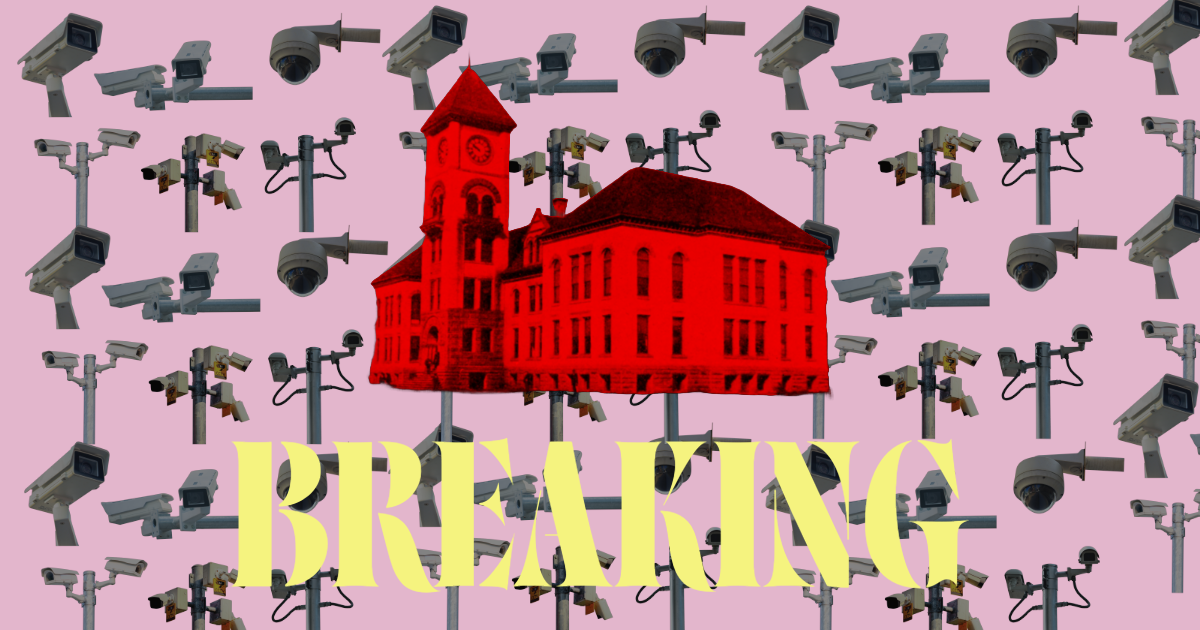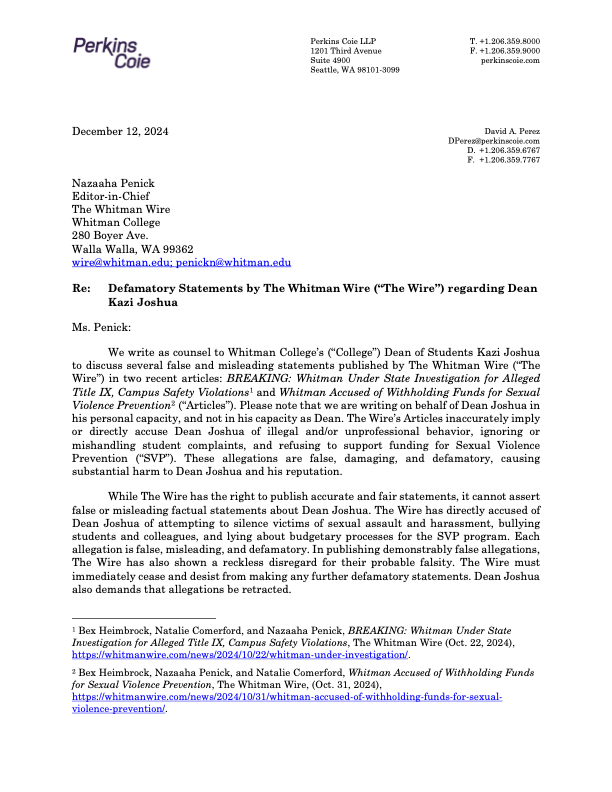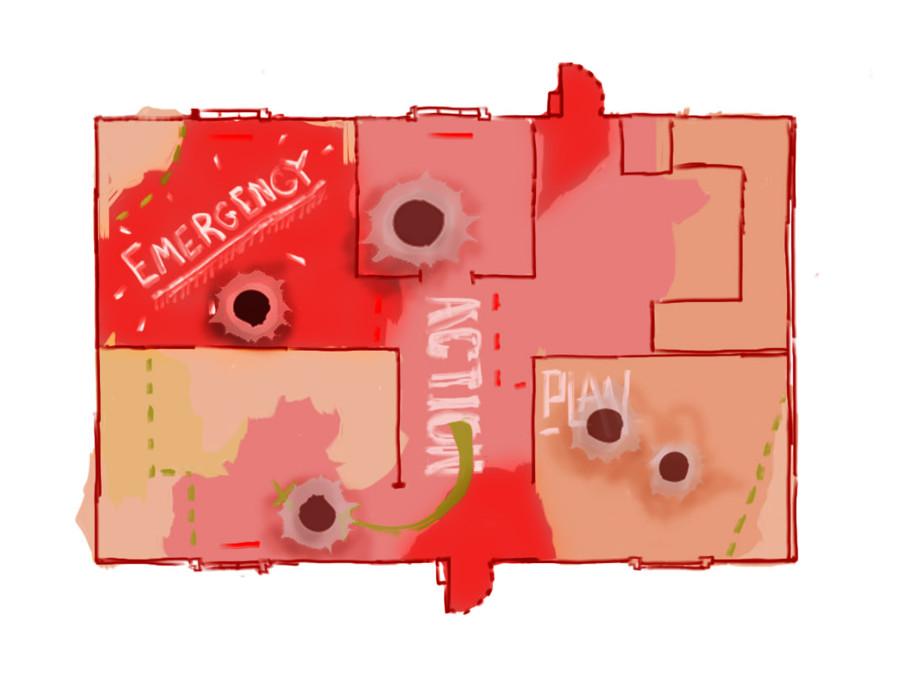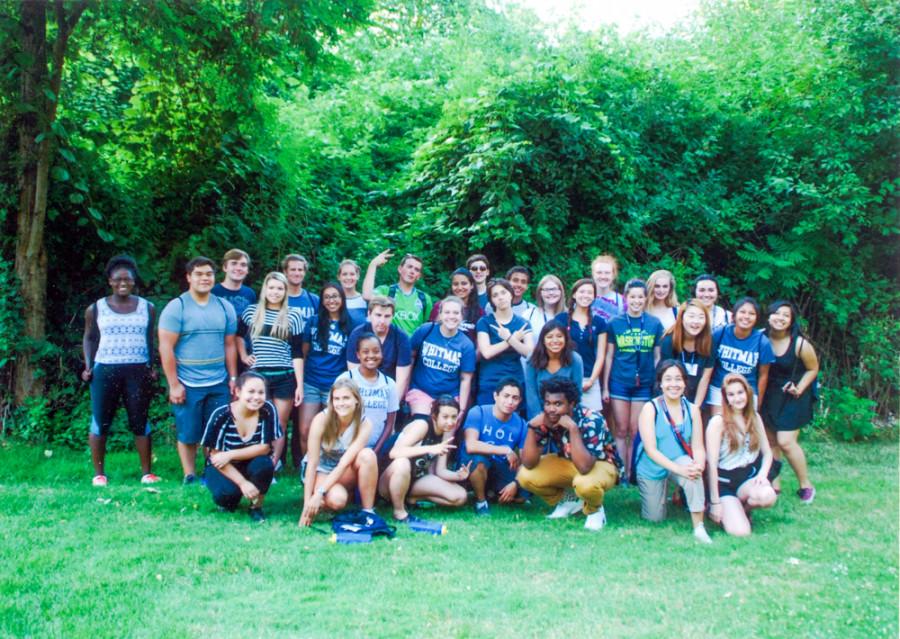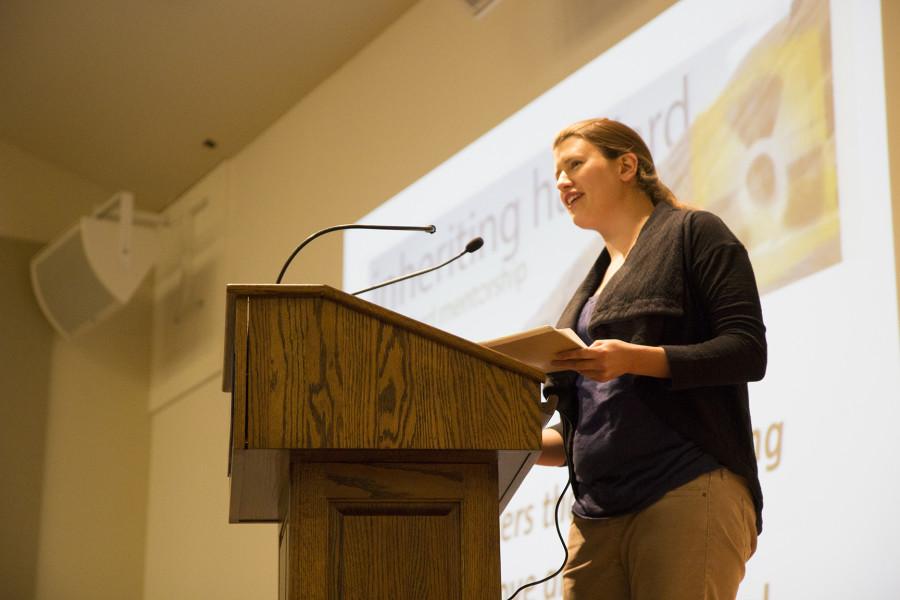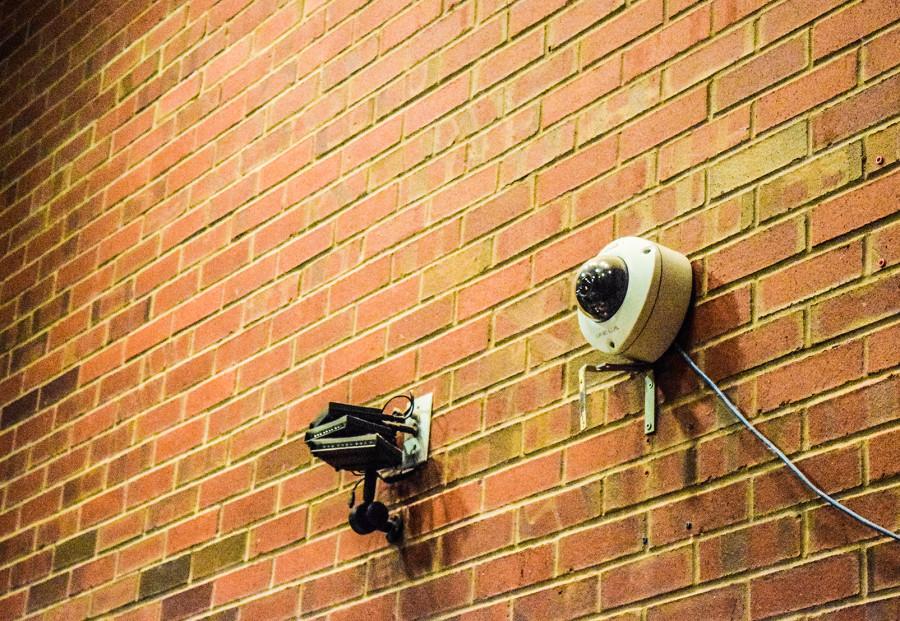As prospective students flock to Whitman this spring for events like Admitted Students’ Day and Spring Visitors’ Day, many will be taking into account sports, class offerings, the residence halls or Whitman’s location. Students in wheelchairs face not only these concerns, but also concerns about wheelchair accessibility. By and large, they are finding Whitman to be accessible.
Junior Tom Everett, who has needed a wheelchair since a ski accident in 2007, said he was impressed by the campus’s accessibility from the start.

“Since the day I first toured here, I have been really impressed [with Whitman’s efforts to make the campus as accessible as possible]. That was a big reason I chose to come here,” he said.
First-year MiKayla Briere praised the Outdoor Program as being a particularly strong pull factor in her decision to attend Whitman. Despite suffering from a degenerative skeletal condition that has left her in a wheelchair for the past four years, Briere has not given up on her love for the outdoors.
“Whitman was willing to make the Outdoor Program accessible, when a lot of other places weren’t,” she said.
Briere has worked with the OP to go on a Scramble and take such SSRA classes as whitewater kayaking and yoga. Noting the extent of the OP’s willingness to accommodate, Briere explains, “They have been really good about figuring out how to do this. It’s not a question of ‘Can we do this?’ It’s ‘How are we going to do this?'”
With registration for the 2011-2012 academic year coming up, Briere and Everett have no concerns about choosing classes based on the location or accessibility of the room.
“There’s only been one time in my three years that [classroom accessibility] has even been an issue, and it was fixed in one day,” Everett recalled.
Briere said she occasionally had issues getting around and first, mainly from not knowing where elevators were.
“For the most part, everything is pretty easy to get into. At first, I had a really hard time getting into Hunter, just because I didn’t know where the elevator was, but the ARC (Academic Resource Center) just put out accessible maps with all the location of accessible entrances on them.”
Juli Dunn, director of academic resources, said that Whitman’s newest campus map marks all wheelchair accessible entrances and also distinguishes between entrances with and without power-operated doors. She said that rather than it being a special version of the campus map, it was the only version.
“A lot of schools have a campus map, and then an accessible campus map. Making it the map that everyone gets I think sends a really strong message that this is something that is important to us,” she said.
In spite of the leaps Whitman has made, as Dunn admits there is always room for improvement. She suggests that all offices consider ways to ensure that their space is accessible so that a student in a wheelchair can easily converse with employees and that any forms or office publications are in a widely accessible location.
“This is an area that even my office needs to do a better job of,” she said. “We will be rethinking how to situate our wall of planners and organizers to ensure that everyone can easily reach them.”
Briere and Everett both noted the IHC as being one of the more inaccessible spots on campus. When asked about this, Nancy Tavelli, associate dean of students –– campus life, accounts the lack of accessibility to a lack of demand. She said that Tamarac House only got a ramp when a student in a wheelchair wanted to live there.
“If someone [in a wheelchair] did want to live [in the IHC], I guess we’d have to look at what we could possibly do, see what we could do physically to the house,” Tavelli said. “There are 11 houses; if the demand were there, we’d figure it out on a case-by-case basis.”
Renovations for the dorms are under ADA provisions, which leads to complications. Jewett’s elevator reaches the majority of the buildings, so as Dunn states, “putting in another elevator to service a single floor would be considered an unreasonable request under the ADA provisions.”
Dunn remains optimistic:
“Currently it’s a reactive model. Hopefully, as we do it more often, it will become a proactive model for the next batch of students that come through Whitman.”
“Working on a reactive model is more difficult because it means a stage where there are challenges or different circumstances to work around,” said Briere. “It almost seems as Whitman is being proactive, though, because a lot of places aren’t problems and the campus is just modernizing accessibility to make things even easier.”
Everett has no complaints about the current model.
“With a small school like this it seems logical to not address problems until they actually arise, and that way you can have the student with the issue be a part of the solution, instead of trying to guess the best solution.”
For members of the Whitman community that may feel apathetic towards this issue, Dunn raises the question:
“If students, faculty and staff want a glimpse of accessibility on our campus, they should challenge themselves to navigate a day on our campus using only accessible entrances, ramps and curb cuts. It provides a whole new perspective.”

